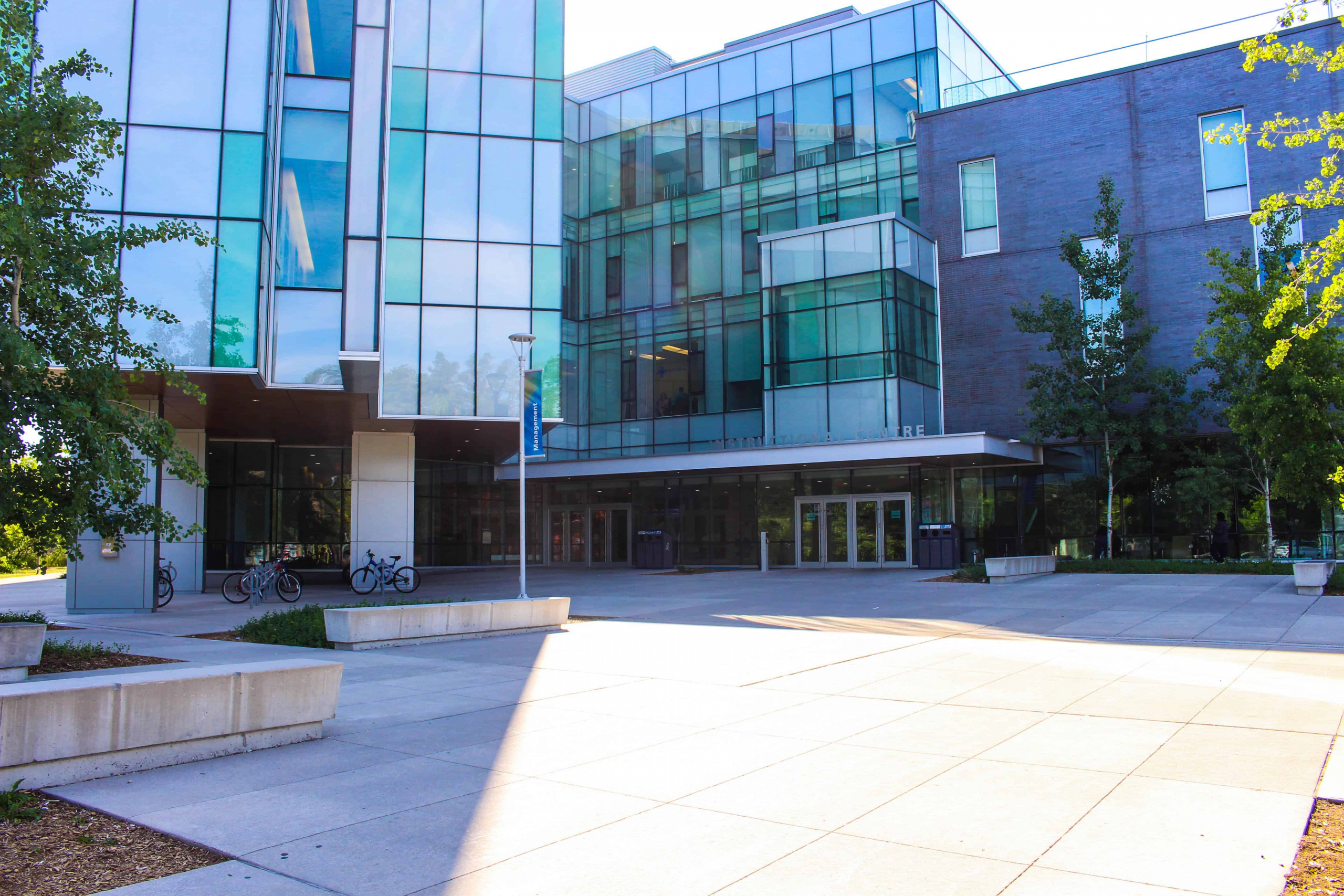[dropcap]E[/dropcap]ven though U of T has three campuses — UTSG, UTM, and UTSC — students sometimes find that UTSG steals the show. While tourists flock to photograph squirrels at Trinity College, and resources are continually invested in pursuits at UTSG, the other two campuses do not seem to garner as much attention. Here, a UTM student and a former UTSC student reflect on their experiences and propose avenues for improvement regarding the cohesiveness of the university.
UTM
I am a UTM student who has taken a few classes at UTSG since my second year. While UTM and UTSC students tend to know about UTSG, the same cannot be said about the reverse. A common thing that UTSG students wonder when I say that I am from UTM is whether the classes at UTM are easier. What many UTSG students don’t know is that their professors and TAs most likely go back and forth between the three campuses; tests, syllabi, and exams are frequently recycled between UTM and UTSG.
This lack of knowledge among the student body is unfortunate, because structurally, the relationship between UTM and UTSG is cohesive and encourages collaboration. The shuttle between UTM’s Instructional Building and UTSG’s Hart House mostly operates every 20–30 minutes, which makes travel between the two campuses fairly easy. For UTM students the shuttle is free, while UTSG students must pay $6 to use the service. This fee should be removed altogether to encourage UTSG students to visit UTM more often.
The University of Toronto Students’ Union has made strides in improving intercampus relationships: the annual tri-campus parade and other frosh week activities bring together all three campuses. However, more long-term solutions should be pursued, for this sense of ‘solidarity’ only lasts until the end of frosh week, at which point new students are once again alienated from students who attend other campuses.
A common way that a lot of first-year students make friends is by getting involved outside the classroom in extracurriculars, such as clubs and teams. Clubs should promote their events to students beyond their home campus, particularly because there are a lot of similar, or even identical, clubs that can be found at both UTM and UTSG.
Having collaborative events between clubs not only lowers expenses, but also allows the events to be run on a larger scale. Though this may be tricky to work out at first, such efforts will be worth it to ensure that students get the best experience.
Ayesha Tak is a fourth-year student at UTM studying Statistics and Sociology.
UTSC
As a recent transfer student from UTSC, I’ve spent the past month at UTSG adjusting to everything. They are two very different campuses in terms of location, but I’ve found that what really distinguishes the two is the difference in resources.
During my first year at UTSC, I got involved in the University of Toronto International Health Program as a graphic designer for the Health and Human Rights Conference. I mentioned in my initial interview that I was a student at UTSC because they were based at UTSG.
I was brought onto the team and invited to meetings — yet I only ended up attending the first one because the one and a half hour commute between campuses was simply not worth it. Most of my work was going to be completed remotely and I received minutes from all the meetings, but I wasn’t as involved as I would have liked to be.
In January, the Scarborough Campus Students’ Union started a movement to create a permanent, accessible, free shuttle service between UTSG and UTSC. Such a service existed until 1990, when it was cancelled due to low ridership, high costs, and potential risks. Now, it’s needed more than ever: a 2014 U of T undergraduate survey reported that 66 per cent of students said improved transportation was “very important,” and 33 per cent of UTSG and UTSC students stated that they would be willing to pay extra for this service. At UTSC, complaints that there is ‘nothing to do’ could easily be solved with the implementation of the shuttle.
At UTSG, exploring different libraries, colleges, and instructional buildings to find a study spot is a fun task because there are so many options — yet, at Scarborough, there are 14 non-residence buildings in total and seats get filled up quickly.
Within one of those buildings is the only library on campus. It has two floors, a computer lab, and group study rooms, but it lacks in resources, often requiring students to commute or arrange otherwise to pick up copies of books that are only stocked downtown.
UTSG’s physical location puts it at an advantage when it comes to the opportunities available — yet, it’s important that all U of T students be able to easily access the same resources.
Winnie Wang is a second-year student at New College studying Neuroscience and Cinema Studies.


